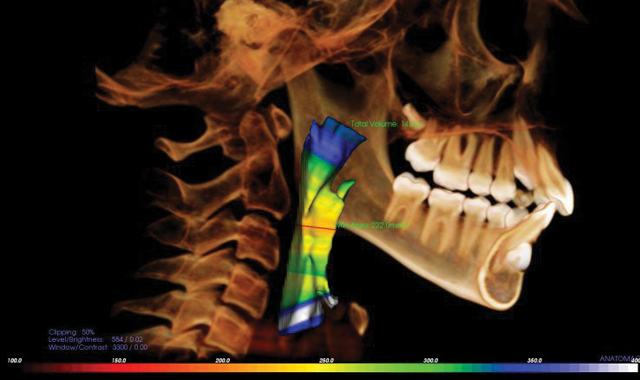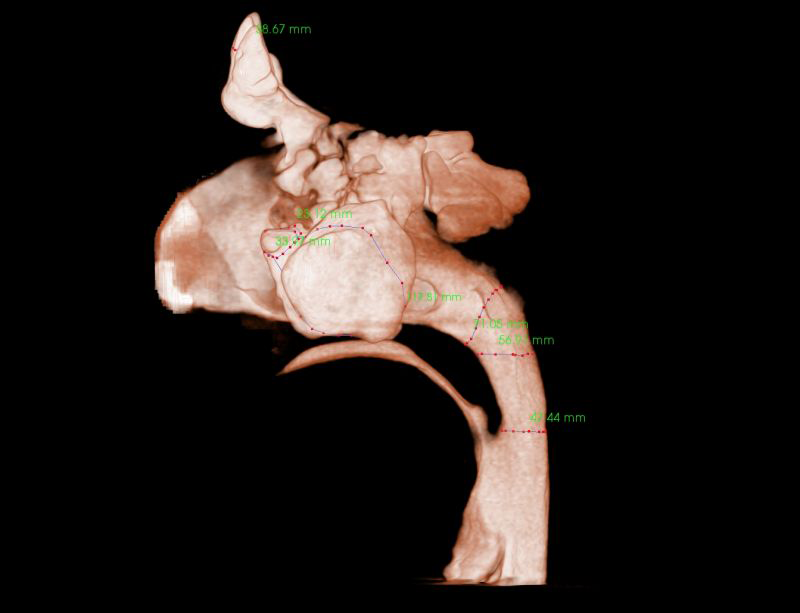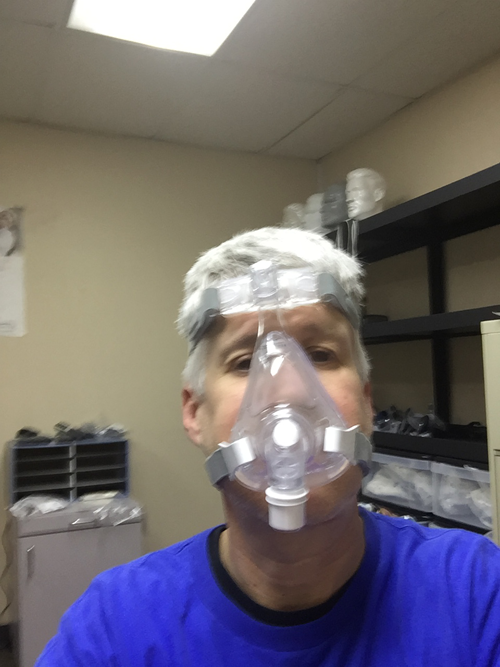A good night's rest: Why sleep apnea treatment is critical
In the last few years our profession has seen an increased focus on the treatment of Obstructive Sleep Apnea (OSA) in our practices. Many of us are now asking questions during our initial patient interviews and devoting portions of our patient health history forms to the subject of OSA.

Do you ever get that strange feeling that something isn’t quite right? You know the feeling I’m talking about, right? That feeling where maybe you’re not quite as sharp as you’d like to be or that you need just one more Starbucks run than you used to?
We all have those kinds of days. It doesn’t matter whether it’s you as the doctor or one of our patients. However, if “one of those days” becomes “one of those weeks” or the weeks turn into months, there may be more to it. In fact, it could be something serious.
In the last few years our profession has seen an increased focus on the treatment of Obstructive Sleep Apnea (OSA) in our practices. Many of us are now asking questions during our initial patient interviews and devoting portions of our patient health history forms to the subject of OSA.
As a profession, we are also partnering with our physician colleagues in helping to diagnose and treat our patients suffering with this problem. Many patients cannot tolerate or simply do not want to have to deal with the hassles of a CPAP and are looking for a more simple treatment solution. Frequently a dental appliance can be the treatment modality that a patient is looking for in their quest to free themselves from a CPAP.

However, it isn’t just our patients that could be deal dealing with the problems of OSA. It very well could be a staff member... or even the doctor. By no means is the doctor immune from the problems that can come OSA. Trust me when I say that, because I'm one of those doctors.
My sleep apnea story is not the kind I would classify as typical. I've never required much sleep, in fact six hours of sleep in an evening would be almost “overdoing it” for me. I’ve never been told I snore or seem to disturb my wife with any kind of unusual breathing pattern or noises while I sleep. I’ve rarely even felt tired during the day. Yet, I ended up being diagnosed with OSA. How did it happen you ask? Let me give you a brief explanation.
As most of you know, we use technology in every aspect of our office and we really push ourselves to be on the leading edge. That philosophy led me to install a CBCT unit in the office about six years ago. The addition of 3D imaging in our practice has allowed us to treatment plan as well as to see things with an amazing degree of clarity when and where we need it the most.
In addition to the CBCT hardware, we augmented the purchase with the i-Cat imaging software Tx STUDIO. The pairing of a cone beam 3D device that let’s us see the patient from any angle we desire and a full 3D enhancement and treatment planning program like Tx STUDIO gives us the freedom and the ability to utilize 3D imaging to its fullest potential.
Interestingly enough though, when I entered the world of CBCT I had not fully considered how important it can be for evaluating the airway. While working with software one day I decided to load a scan my staff had taken on me. We had recently upgraded our software and I was exploring and learning all the new program enhancements in the upgrade.
I had done a lot of tinkering with my scan, but for some reason I had never sat down and evaluated my airway. The Tx STUDIO software allows the user to basically trace the airway in the scan and the program will then run an algorithm that measures the airway and displays it in 3D. It also takes this 3D representation of the airway and colorizes it so that deficient areas can be quickly identified by the doctor and easily shown to the patient.
Imagine my shock when I discovered that I had a genetically very narrow airway that showed up in the scan as totally red… an indication of an area that is problematic. Of course, I didn’t have an area that was problematic; I had a constricted airway from the posterior pharynx all the way down.

I was immediately concerned. I took images of the scan and showed them to my primary care physician. She was concerned as well. After some discussion she ordered a sleep study, which I was only too happy to have done. The results of the study confirmed the concerns of my primary care physician and myself. Despite the fact that I did not snore and despite the fact that my spouse had never noticed me struggling to breathe as I slept, the sleep study had the results right there in black and white. I was suffering from obstructive sleep apnea due to a genetically narrow airway. Not even the best oral appliance could correct my situation. I was going to need a CPAP.
I’m now about three months into my journey. From a personal standpoint, I’ve got to admit that there has been a lot of adjustment. Sleeping with a full face mask makes me look a bit like an extra from the movie Alien and learning to sleep with your face covered is definitely something that you have to get used to.
On the plus side, my energy is better and I’m waking up feeling much better rested than before. I still need my Starbucks, but not in an IV!
So the two takeaways I have for you here are:
- Not all airway problems can be treated with an oral appliance. Yes, lots of them can, but be aware that some cannot. Make sure to do proper evaluations and sleep studies to determine what is in the best interests of your patient.
- Usage of cone beam imaging can be a huge advantage is helping your office with the treatment of obstructive sleep apnea. If you are treating this condition in your office, I highly recommend access to a CBCT device to aid you in your treatment and diagnosis.
So that’s my story. It could have ended differently. I’m grateful to be typing this...